#emil jannings
Text
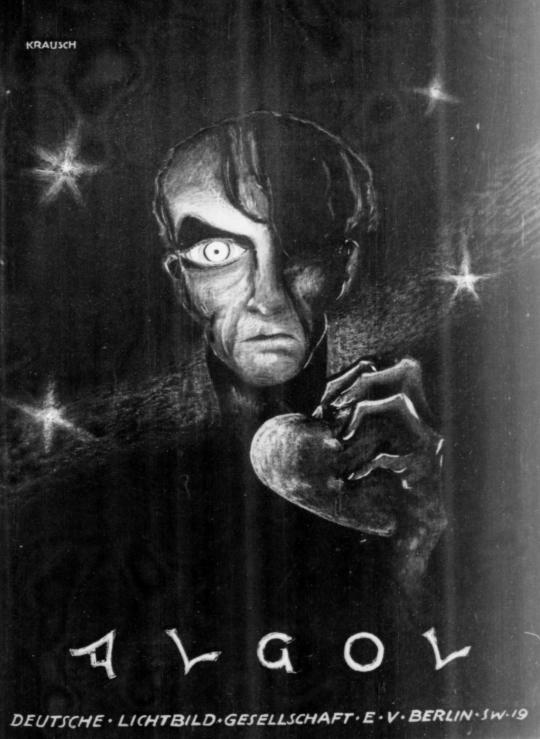
Algol - Tragödie der Macht (1920)
AKA Algol: Tragedy of Power
#algol#algol tragödie der macht#algol tragedy of power#emil jannings#1920s movies#1920#hans werckmeister#silent film#sci fi#german expressionism#vintage movie ads
32 notes
·
View notes
Text
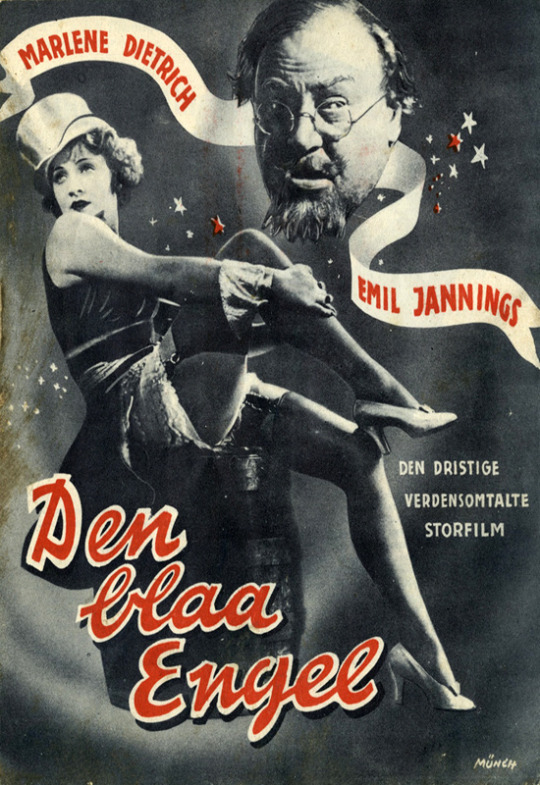


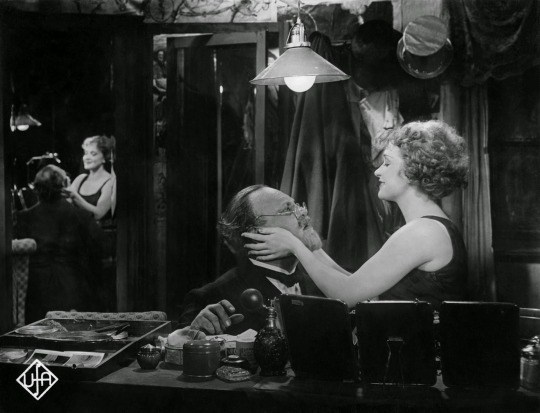


Josef von Sternberg‘s THE BLUE ANGEL premiered in Berlin #OnThisDay in 1930. Emil Jannings and Marlene Dietrich star.
37 notes
·
View notes
Text

Emil Jannings in Faust - Eine Deutsche Volkssage (Germany, FW Murnau, 1926). From the Taussig film stills collection.
#Emil Jannings#Faust#Eine Deutsche Volkssage#1926#Taussig film stills collection#cinematic still#film#still#stills
90 notes
·
View notes
Text
As announced in the previous post, here are the photos of the pamphlet of the film Danton (1921).

Front row, from left, Westermann (Eduard von Winterstein), Camille (Ossip Runitsch), Danton (Emil Jannings) and Hérault (Ferdinand von Alten)

From left, Fouquier-Tinville (Friedrich Kühne), Saint-Just (Robert Scholz) and Robespierre (Werner Krauss)

Babette (OC in the film played by Hilde Wörner and not related to Elisabeth Le Bas), Danton, Camille, and Hérault
And this is the cover (Camille, Danton, and Babette):

I found it on eBay about a year ago. I can't read Danish, but I got it because documents on this film are rare. (I used Google Translate to read the text, which was more about the historical Danton's life than about the film).
There are problems with historical accuracy (as I mentioned before), but I am fascinated by the dark romantic images in this film, influenced by German Expressionism.
#frev#danton film 1921#frev movies#danton#camille desmoulins#hérault#robespierre#saint just#Fouquier-Tinville#emil jannings#ossip runitsch#werner krauss#Eduard von Winterstein#Ferdinand von Alten#Friedrich Kühne#Robert Scholz#Hilde Wörner#silent film#german expressionism
49 notes
·
View notes
Text
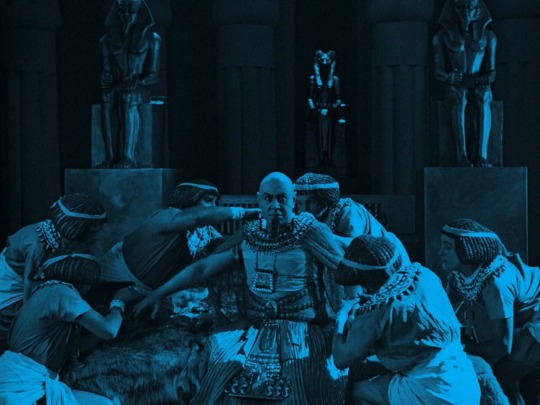
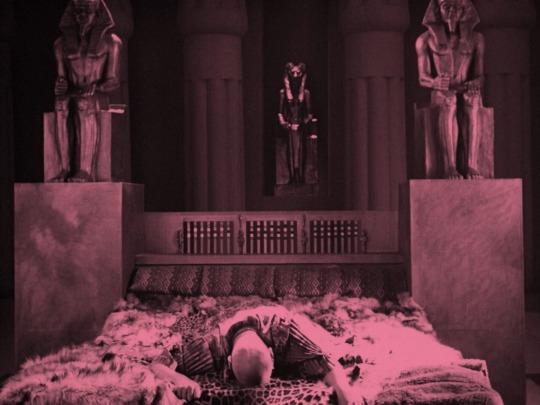
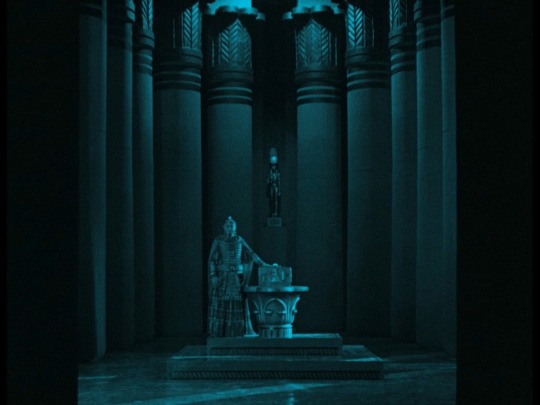


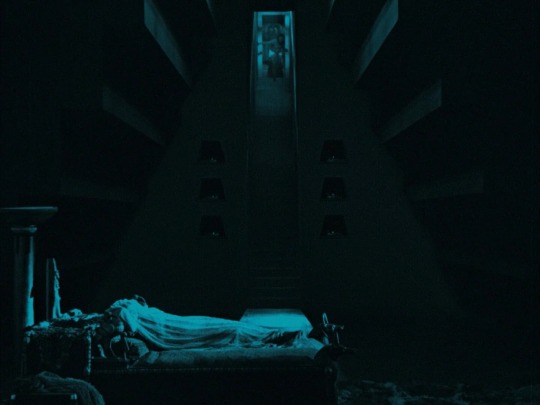

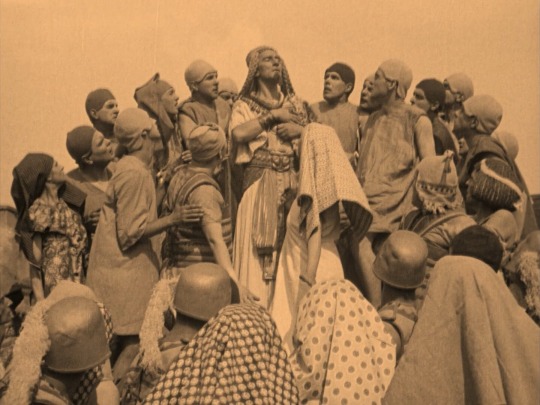
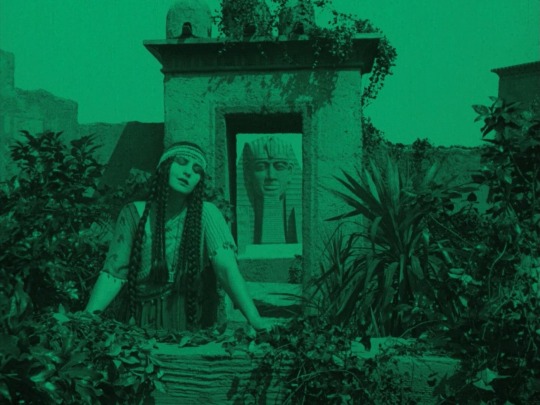

Das Weib des Pharao (Ernst Lubitsch, 1922)
#Das Weib des Pharao#ernst lubitsch#emil jannings#Dagny Servaes#german movies#german film#german cinema#silent cinema#silent#silent film#silent movies#1922#ancient egypt
40 notes
·
View notes
Text


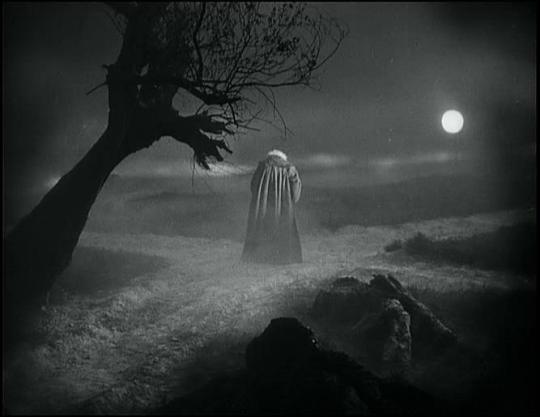

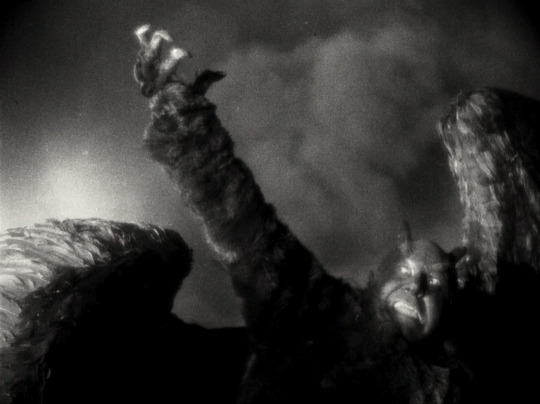
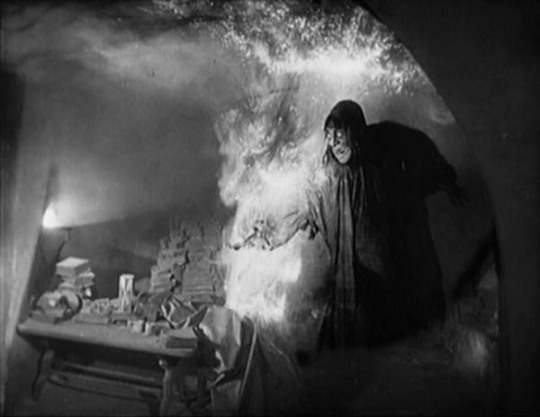

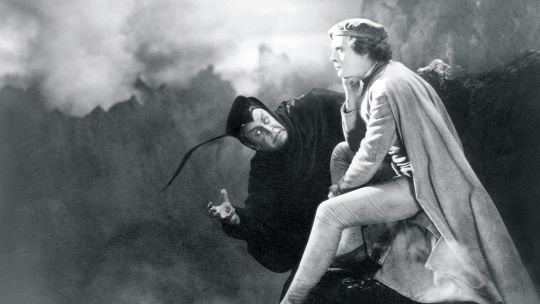
Stunning Faust (1926) by F. W. Murnau
Emil Janning's portrayal of Mephisto is over-the-top, like anything he did, and extremely effective, turning him into one of the creepiest and most charismatic Devils of them all.
Let's not forget beautiful Gösta Ekman as Faust.
47 notes
·
View notes
Text
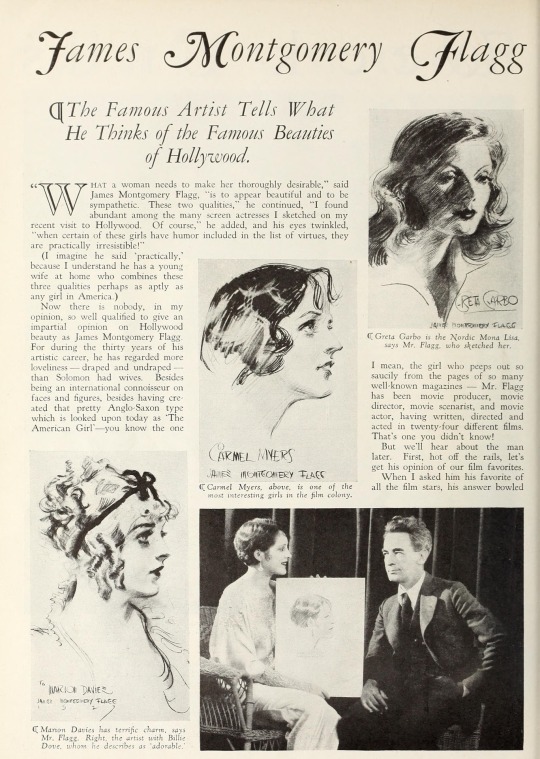

Screenland Magazine, June 1929.
#james montgomery flagg#greta garbo#carmel myers#marion davies#billie dove#corinne griffith#virginia valli#colleen moore#emil jannings#1920s#screenland magazine#old hollywood#old magazines#old movies#old movie stars#art#old hollywood glamour#classic hollywood#old hollywood actress#vintage art#1920s art#20s art
25 notes
·
View notes
Text

THE NEW YORKER, February 4, 1928
#vintage advertising#vintage advertisement#movie ad#1920s#paramount#Publix#1928#emil jannings#colleen moore#new york city
10 notes
·
View notes
Text
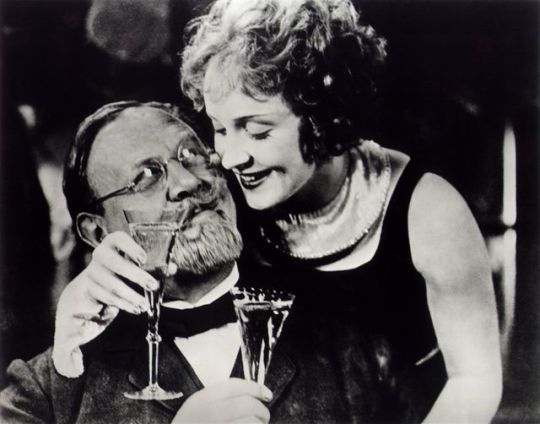
Emil Jannings-Marlene Dietrich "El ángel azul" (Der blaue engel) 1930, de Josef von Sternberg.
18 notes
·
View notes
Text

Fay Wray and Emil Jannings in Mauritz Stiller‘s STREET OF SIN (1928)
47 notes
·
View notes
Text
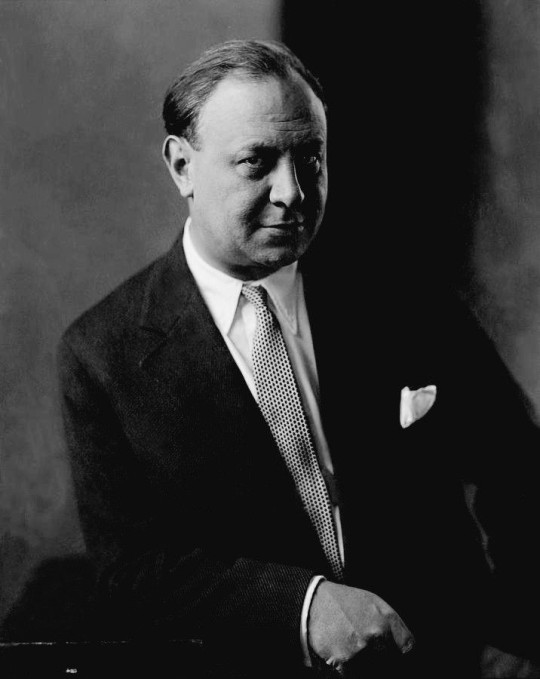
Reel Men Wednesday 🎬 Emil Jannings ❤️
#silent film#silent era#silent actor#emil jannings#silent cinema#1920s cinema#silent film actor#vintage beauty
6 notes
·
View notes
Text
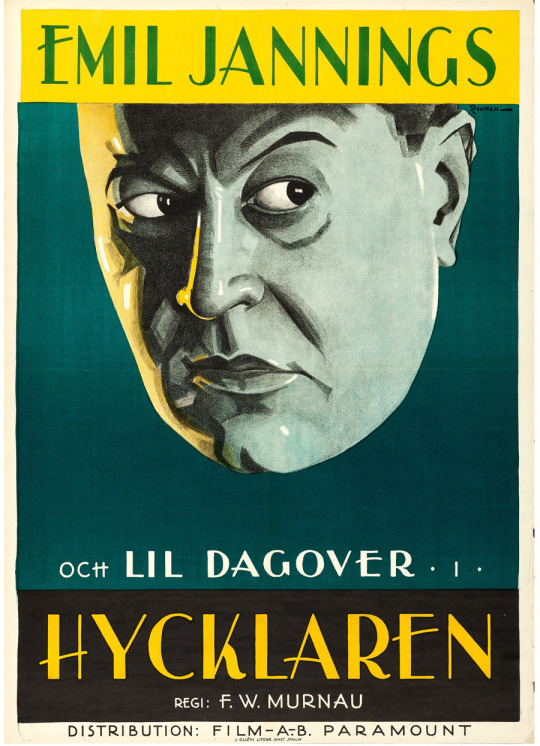
Emil Jannings, July 23, 1884 – January 2, 1950.
9 notes
·
View notes
Photo
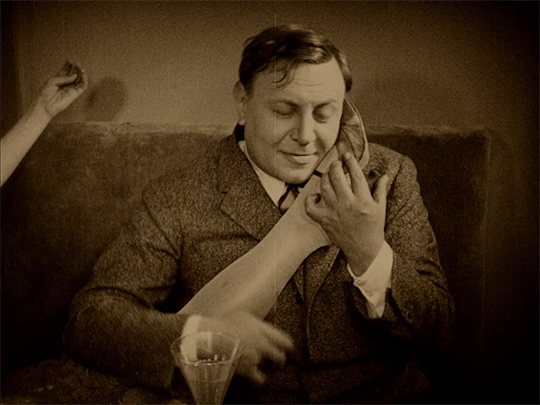
Varieté (E.A Dupont, 1925)
#variete#emil jannings#e.a dupont#film#classic film#classicfilmsource#classicfilmedit#silent film#silent era#german film#weimar cinema#1920s#my gifs
25 notes
·
View notes
Photo

Picture Play, March 1928
#don alvarado#rudolph valentino#john gilbert#ronald colman#virginia bradford#frank j. marion#janet gaynor#lillian gish#maria corda#greta garbo#theda bara#dolores del rio#vilma banky#gloria swanson#buster keaton#sydney chaplin#thomas meighan#viola dana#conrad veidt#emil jannings#phyllis haver#magazine: picture play#year: 1928#decade: 1920s#type: fan mail#pp vol. 28 no. 1
62 notes
·
View notes
Photo
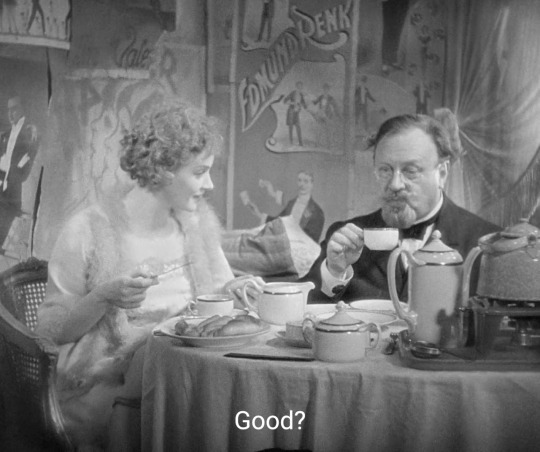
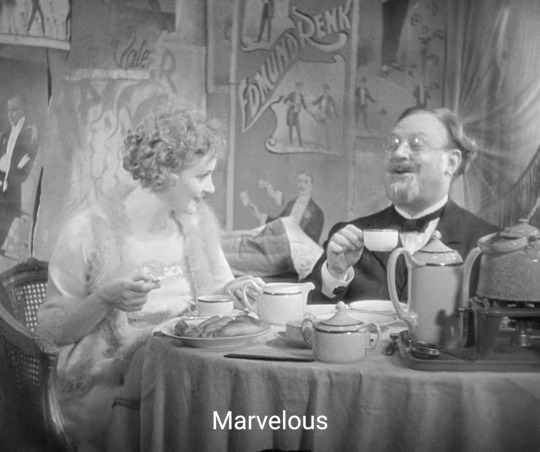
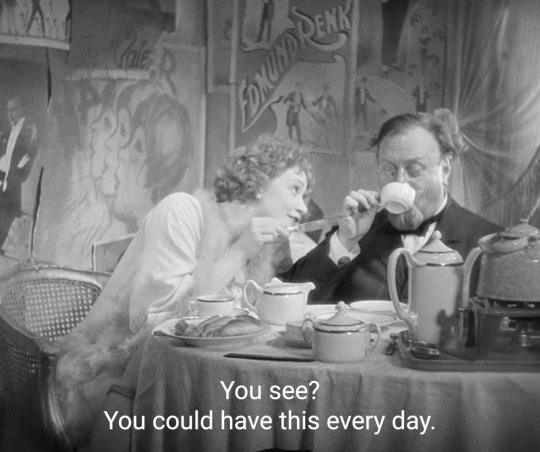
See? You could have this everyday
#The Blue Angel#josef von sternberg#der blaue engel#professor unrat#emil jannings#professor immanuel rath#lola lola#Marlene Dietrich#scenephile#movie quotes#film quotes#movie scenes#film scene#movie scene
20 notes
·
View notes
Photo
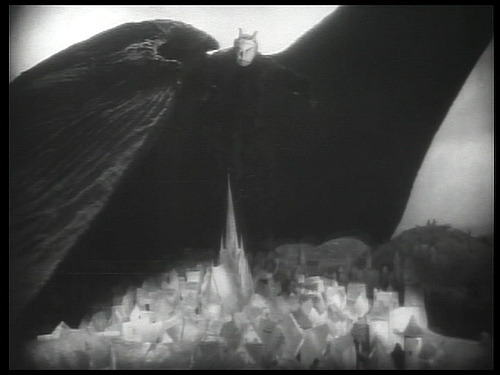
Faust (F.W. Murnau, 1926)
Cast: Gösta Ekman, Emil Jannings, Camilla Horn, Frida Richard, William Dieterle, Yvette Guilbert, Eric Barclay, Hanna Ralph, Werner Fuetterer. Screenplay and titles: Gerhart Hauptmann, Hans Kyser, based on a play by Johann Wolfgang von Goethe. Cinematography: Carl Hoffmann. Art direction: Robert Herlth, Walter Röhrig. Film editing: Effi Bötrich.
Power corrupts, as we knew long before Lord Acton so nicely formulated it for us. It's the truth underlying so many myths, from the Garden of Eden to the Nibelungenlied to the Faust legend. Goethe's Faust is a philosophical poem, a closet drama not designed for stage or film, but that hasn't prevented playwrights, opera librettists, or screenwriters from making the attempt. F.W. Murnau's version is probably the most distinguished cinematic attempt, but not because of its fidelity to the source. Murnau's version works because it concentrates on the power struggle, initially between Good, as represented by the archangel (Werner Fuetterer), and Evil, as represented by Mephisto (Emil Jannings), and later by the attempt of Faust (Gösta Ekman) to obtain mastery over Time. It begins with a wager, borrowed from the book of Job, between the archangel and Mephisto, over whom Faust's soul will belong to. Then it eventually devolves into what is the core of most dramatic treatments of Goethe's story, the seduction of Gretchen (Camilla Horn), with the aid of Mephisto. In the end, both Gretchen and Faust are redeemed by his willingness to sacrifice himself, an abnegation of power. But that too-familiar story is distinguished by Murnau's staging of it, with the significant help of Carl Hoffmann's cinematography and the art direction of Robert Herlth and Walter Röhrig. This is one of the most beautiful of silent films because of the interplay between light and dark, a superb evocation of the paintings of Rembrandt in the composition and lighting of scenes. The tone of the film is set near the beginning by the spectacular image of a gigantic Mephisto looming over a German town, which clearly influenced the similar scene in the "Night on Bald Mountain" sequence of Walt Disney's Fantasia (1940). Jannings manages to be both sinister and gross as Mephisto -- the latter mode most in evidence in his scenes with Gretchen's lustful Aunt Marthe (Yvette Guilbert). (If Guilbert looks familiar it's because, as a Parisian cabaret singer during the Belle Époque, she was the subject of numerous portraits by Toulouse-Lautrec.) This was the last of Murnau's films in Germany: The following year he moved to Hollywood, where he made probably his greatest film, Sunrise. He was soon followed to America by the actor who played Gretchen's brother, Valentin, William Dieterle, who became a prominent Hollywood director.


Top: Yvette Guilbert and Emil Jannings in Faust. Bottom: Yvette Guilbert by Henri de Toulouse-Lautrec.
7 notes
·
View notes